Phoenix, Arizona, has a rich history of urban development that reflects the challenges and opportunities associated with rapid growth in the arid Southwest. The city’s development can be traced through key periods and events:
- Native American Presence: Prior to European settlement, the area now known as Phoenix was inhabited by several Native American groups, including the Hohokam people. The Hohokam created an extensive system of irrigation canals in the Salt River Valley, demonstrating early efforts at harnessing water for agriculture.
- Early Settlement and Agriculture: The modern history of Phoenix began with the arrival of Anglo settlers in the mid-19th century. In 1867, Jack Swilling, a Confederate veteran, recognized the agricultural potential of the ancient Hohokam canals and founded a small farming community. This marked the beginning of agriculture in the area, initially focused on crops like citrus and cotton.
- Railroad Expansion: The completion of the Southern Pacific Railroad in 1887 was a pivotal moment for Phoenix. The railroad facilitated the transportation of goods and people, contributing to the city’s economic growth and attracting more settlers. Phoenix was officially incorporated in 1881.
- Agricultural Expansion and Water Management: The Salt River Project, established in 1903, played a crucial role in managing water resources for agricultural development. The construction of Roosevelt Dam in 1911 further enhanced water availability, allowing Phoenix to expand its agricultural output.
- Post-World War II Boom: Phoenix experienced significant growth after World War II, fueled by factors such as the availability of air conditioning and the expansion of the military presence in the region. The population surged, and suburban development spread rapidly.
- Urban Planning Challenges: The city faced challenges related to urban planning, particularly in managing the impact of rapid population growth on infrastructure and services. Issues such as traffic congestion, water scarcity, and air quality became prominent concerns.
- Sun Belt City and Economic Diversification: Phoenix embraced its identity as a Sun Belt city, drawing in retirees and businesses attracted by the warm climate. The city also sought to diversify its economy beyond agriculture, with a growing emphasis on technology, manufacturing, and service industries.
- Real Estate Boom and Bust (2000s): In the early 2000s, Phoenix experienced a real estate boom, with rapid housing development and population growth. However, this led to an eventual bust during the 2008 financial crisis, resulting in a housing market collapse and economic challenges for the region.
- Sustainable Development and Desert Preservation: In recent years, there has been a growing emphasis on sustainable urban development and the preservation of the unique desert environment. Efforts have been made to balance growth with environmental conservation and efficient water use.
- Modern Challenges and Future Outlook: Phoenix continues to grapple with challenges related to water scarcity, urban sprawl, and the impacts of climate change. The city is exploring innovative solutions for sustainable development, including investments in public transportation, renewable energy, and water conservation.
The history of Phoenix’s urban development reflects the complex interplay of natural resources, economic forces, and social factors that have shaped the city into the vibrant metropolis it is today.

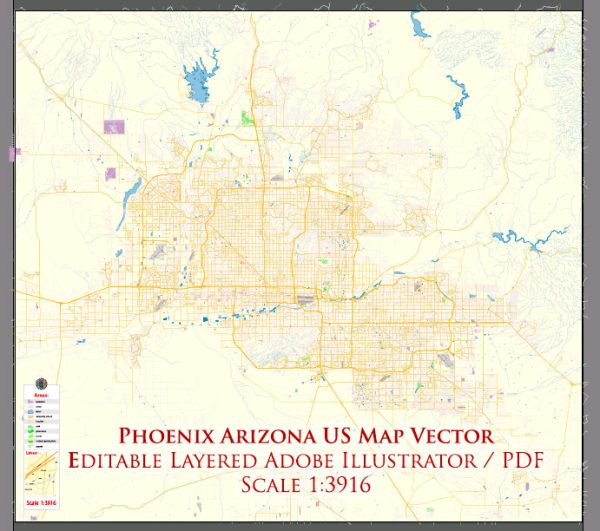
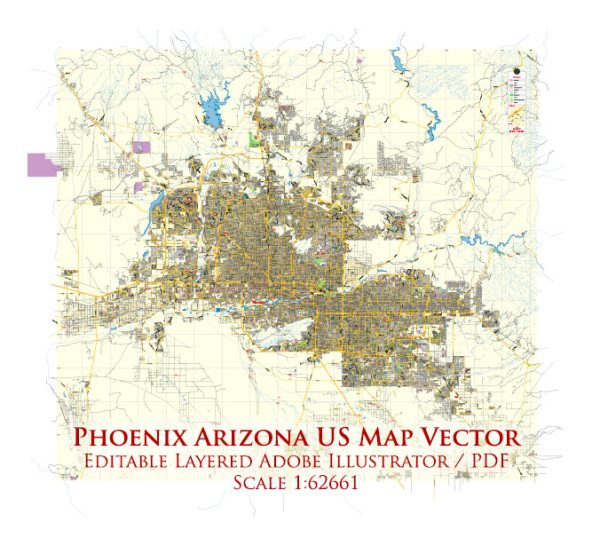
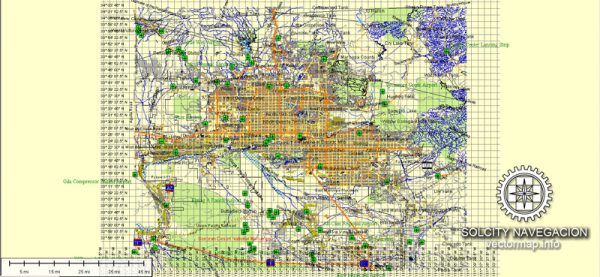
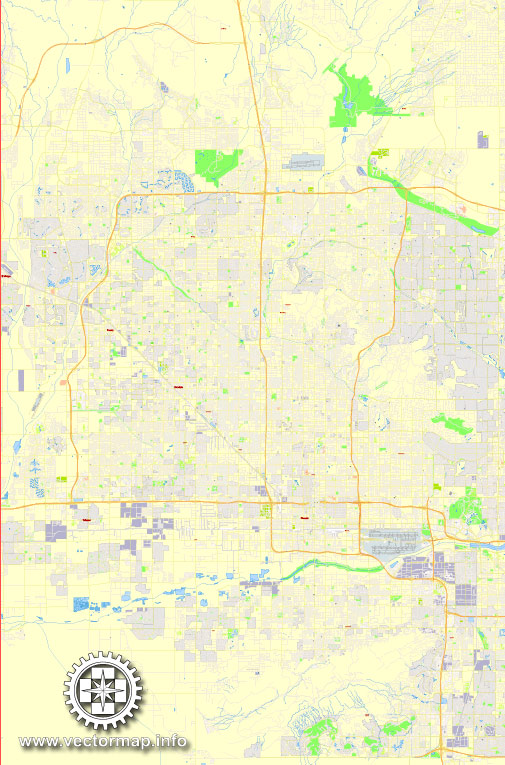
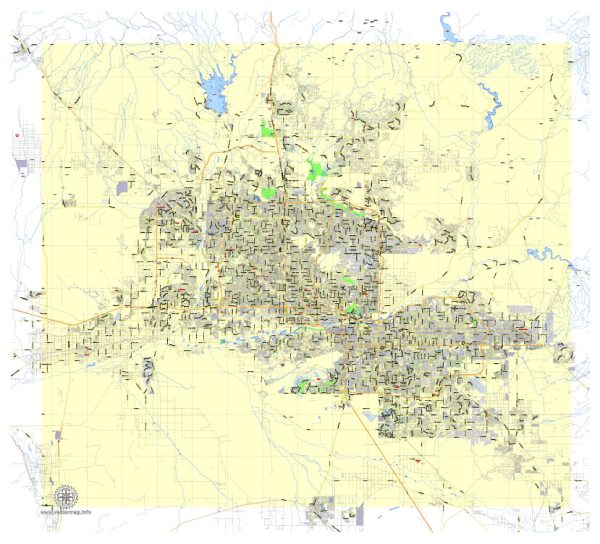
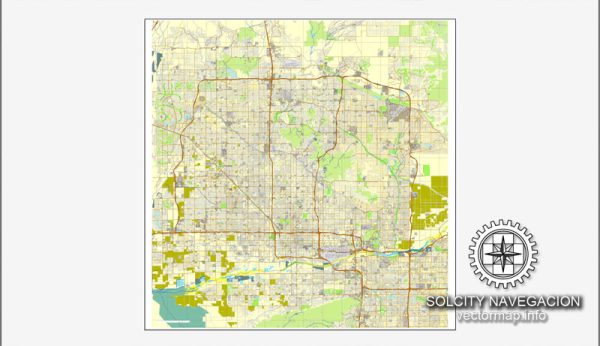
 Author: Kirill Shrayber, Ph.D.
Author: Kirill Shrayber, Ph.D.